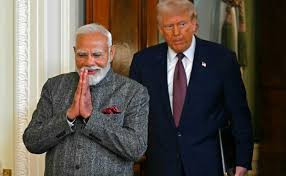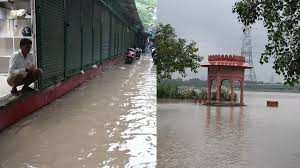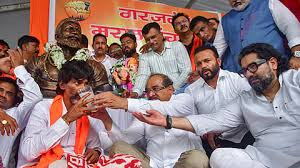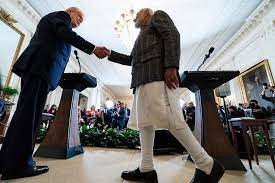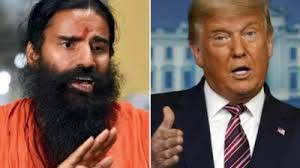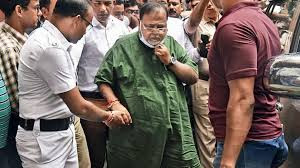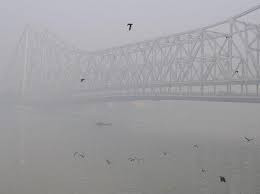Judicial Acknowledgment of Ground Realities Reopens the Statehood Question

IIE DIGITAL DESK : August 14, 2025, the Supreme Court resumed deliberations on a plea seeking restoration of Jammu & Kashmir’s (J&K) statehood. The Bench—comprising Chief Justice B.R. Gavai and Justice K Vinod Chandran—noted that decisions must account for prevailing ground realities, explicitly citing the recent Pahalgam terror attack as a factor that cannot be overlooked.
The plea, brought by academician Zahoor Ahmad Bhat and social activist Khurshaid Ahmad Malik, seeks statehood within a two-month timeframe. They argued that the promise made by the Solicitor General during the December 2023 Article 370 judgment to restore statehood “at the earliest” has seen no follow-through—despite elections being held peacefully and without security concerns. The delay, they contend, undermines federalism, a core constitutional principle.
Solicitor General Tushar Mehta countered that such pleas are not maintainable, noting the “peculiar position” of J&K and the multitude of considerations that the Union must weigh. The bench pressed the Centre to respond, emphasizing the need to factor in security developments like Pahalgam before deciding on statehood restoration. The Court then sought an official reply from the Centre, setting an eight-week deadline.
The December 2023 verdict upheld the removal of Article 370 and the reorganization of J&K into two Union Territories, stating that the Union had assured restoration of statehood post-elections. While elections took place by late 2024, no timeline for reinstatement has been set since—a point forcefully highlighted by the petitioners.
The Court’s attention to the Pahalgam terror attack, which resulted in significant loss of life and heightened security tensions, underscored the complexity of immediate statehood restoration. This tragic incident redefined the discourse, prompting caution amid calls for renewed democratic governance.
Advocate Sankaranarayanan proposed a dedicated Bench to hear all related petitions with a clear timeline—stressing the urgency of translating assurances into concrete steps. The Court’s decision to adjourn and require a formal response within two months signals willingness to revisit the issue substantively.
The hearing reflects a nuanced judicial approach, balancing national security with constitutional integrity. While petitioners argue that inertia weakens federal principles, the Court is mindful of ground realities like the Pahalgam attack. With the Centre’s response due after eight weeks, the apex court must now weigh accountability, democracy, and regional stability in charting J&K’s future.
You might also like!




